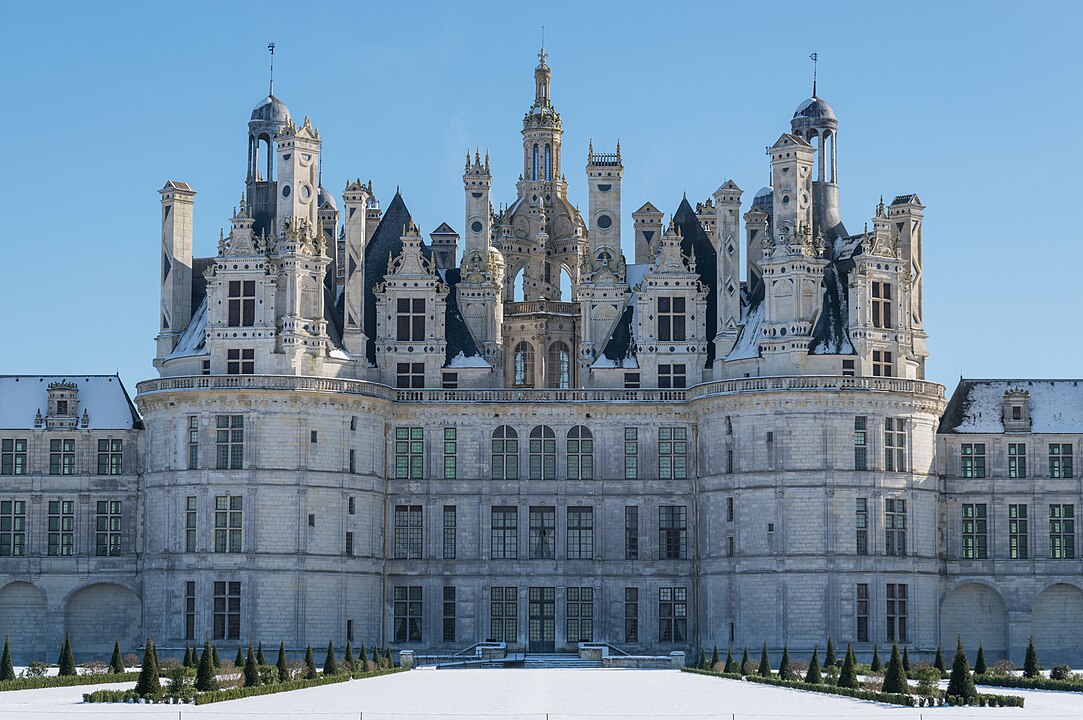The Genius Design That Made Château de Chambord an Architectural Marvel
The Château de Chambord, in the Loire Valley, is a masterpiece of French Renaissance architecture, and one of the most famous castles in the world. It was built by King Francois Ier starting in 1519, initially intended as a hunting lodge.
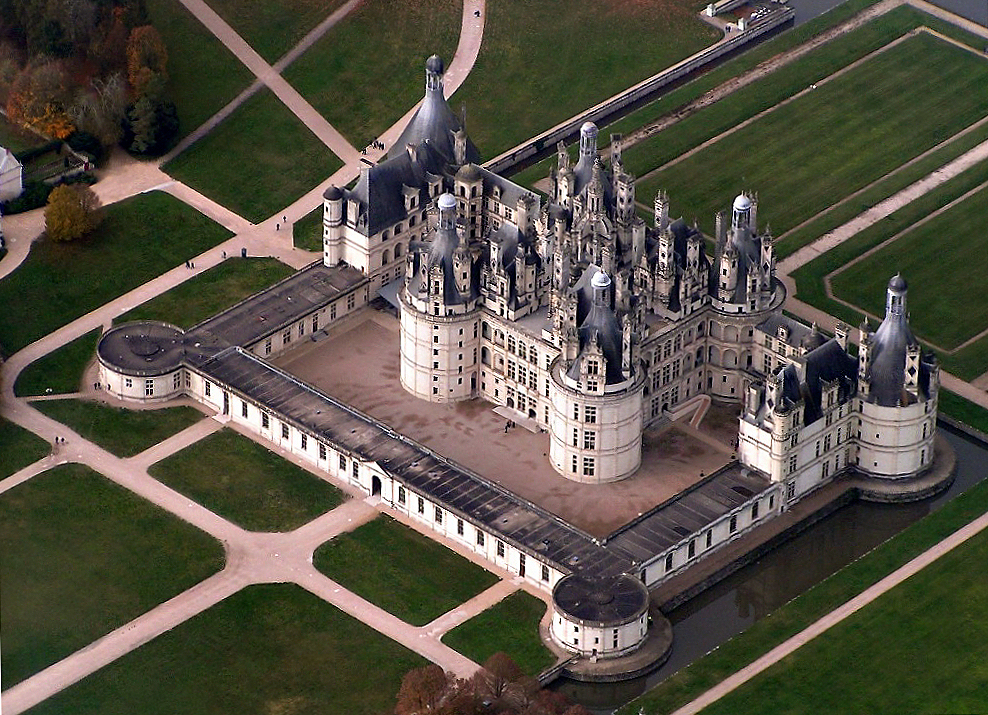
Chambord ended up being a grand château filled with unique architectural details.
The castle’s design is heavily inspired by Leonardo da Vinci’s work. Although it is not certain that he directly contributed to the plans (he dies before construction actuually started), his influence is clear.
The most famous part of Chambord is its central double-helix staircase. This staircase has two intertwined spiral flights that never meet, allowing people to go up and down without crossing paths. It is an impressive structure with complex geometry.
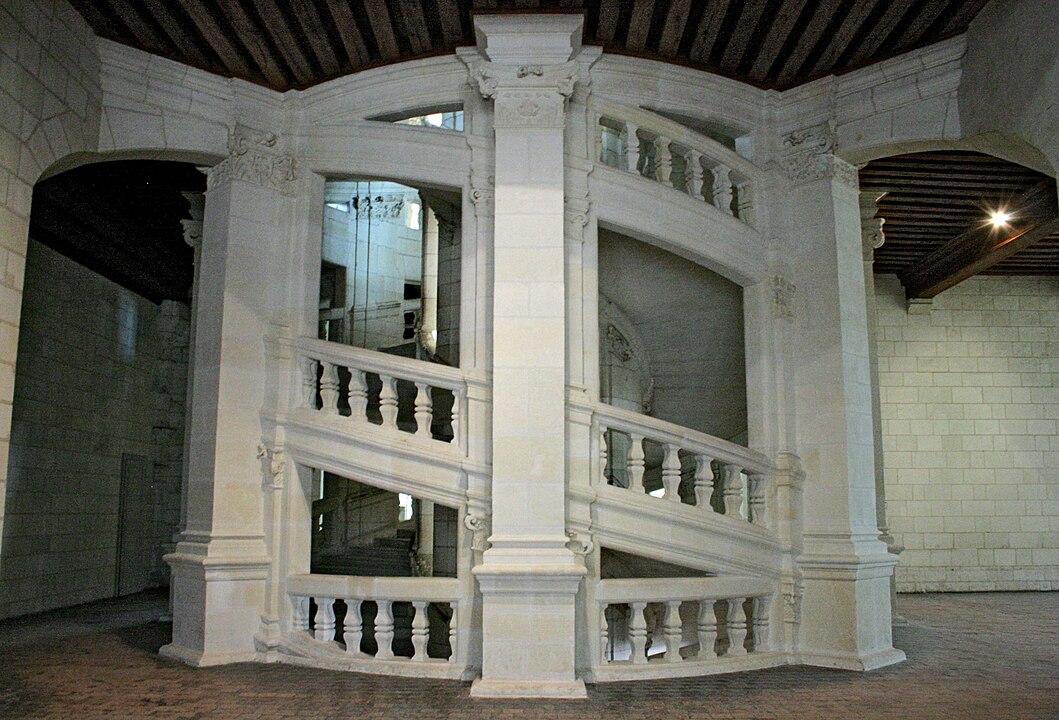
Chambord has 440 rooms and 84 staircases. Its exterior is as impressive as the interior. The roofline is decorated with over 365 chimneys and numerous turrets, giving it a unique skyline that resembles a city.
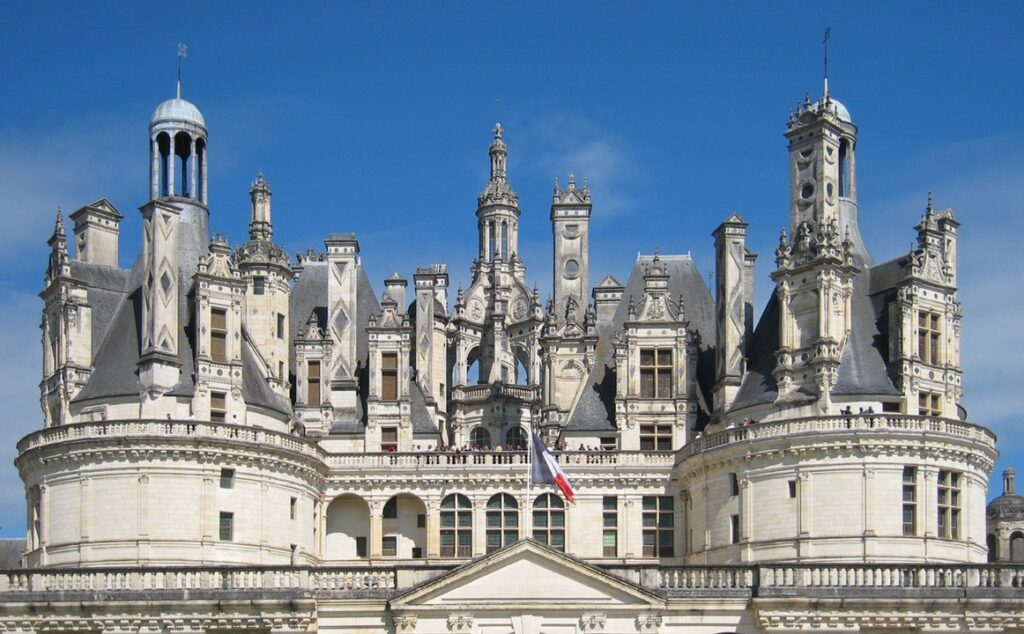
The layout of Chambord reflects Renaissance ideals. It is arranged in a cross shape with a large central keep. The keep (or donjon in French), the central tower or main building of the castle, has four round bastion towers, which add to its defensive look. The central plan symbolizes power and order.
The castle’s massive size (156 meters in length and 56 meters high) reflects the ambition behind its construction and its significance as a symbol of the royal power.
The Château de Chambord incorporates significant Italian Renaissance influences, a style that François Ier admired and brought to France. This can be seen in the castle’s symmetrical layout, ornamental details, and use of classical elements such as columns, arches, and decorative spires.
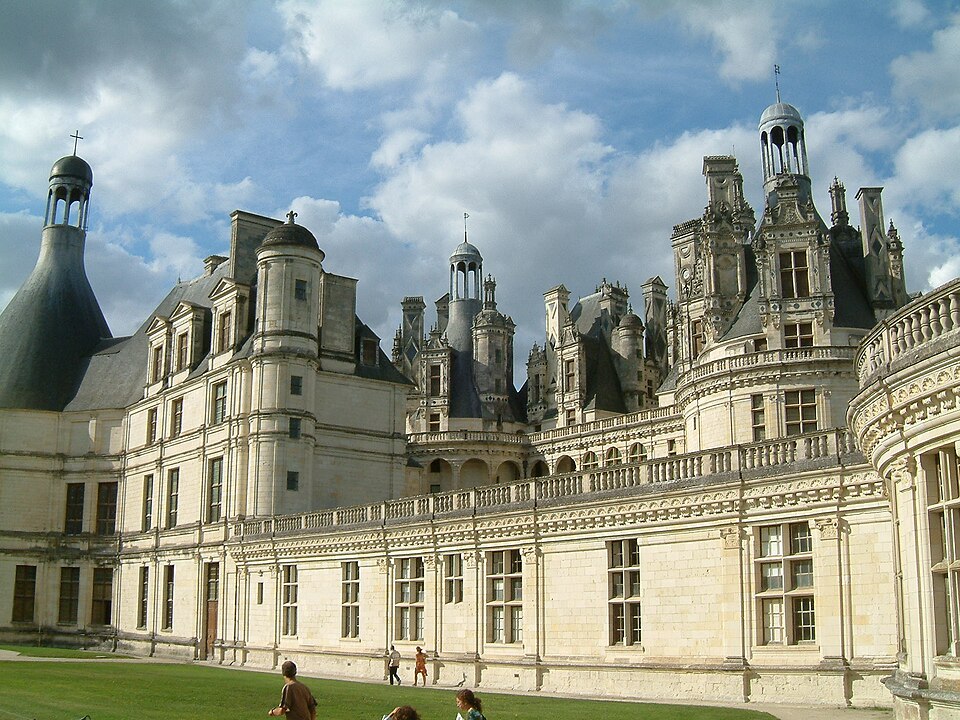
The Italian style brought an emphasis on harmony and proportion that contrast with the more defensive and functional medieval French designs.
Chambord is set in a huge 5,440-hectare park, enclosed by a 32-kilometer-long wall. It is the largest enclosed park in Europe. It provided a vast playground for the king's hunting parties. Wild boar and deer still roam the park today.
The castle has many more innovative features for its time. The double walls in some rooms helped improve heating. The thick stone walls and numerous windows make it both imposing and airy.
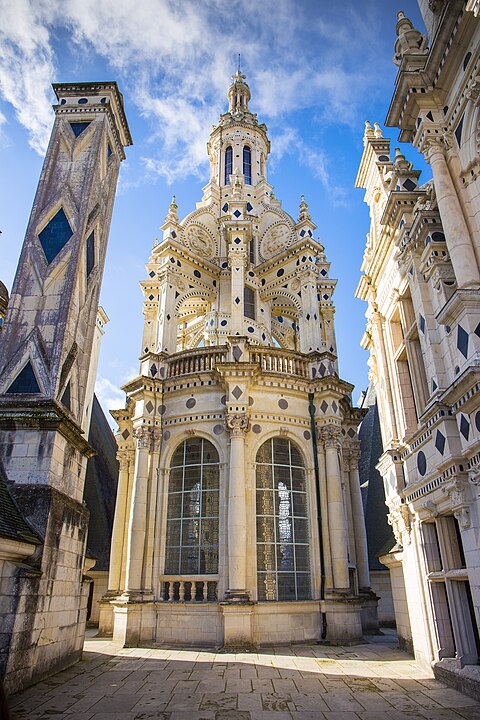
It's worth noting, however, that Chambord was never completed or used regularly. Francois Ier only stayed there for a few weeks during his lifetime. Its remote location and lack of comfort made it impractical.
Later, Louis XIV made modifications to Chambord. He added stables and renovated parts of the interior to suit his needs. He held hunting events and hosted notable guests. But Chambord remained a secondary residence.
In the 18th century, the castle fell into neglect. It was only during the 19th century that restoration efforts began. Napoleon Bonaparte gave Chambord to Marshal Louis Alexandre Berthier, but it was never fully maintained.
During World War II, the castle was used to protect art from the Louvre and other museums, including the Mona Lisa, keeping them safe from bombings and potential looting.
Chambord is now a UNESCO World Heritage site, a symbol of the French Renaissance and royal ambition.
***
Cover photo: Arrnicel (CC BY-SA 4.0)

